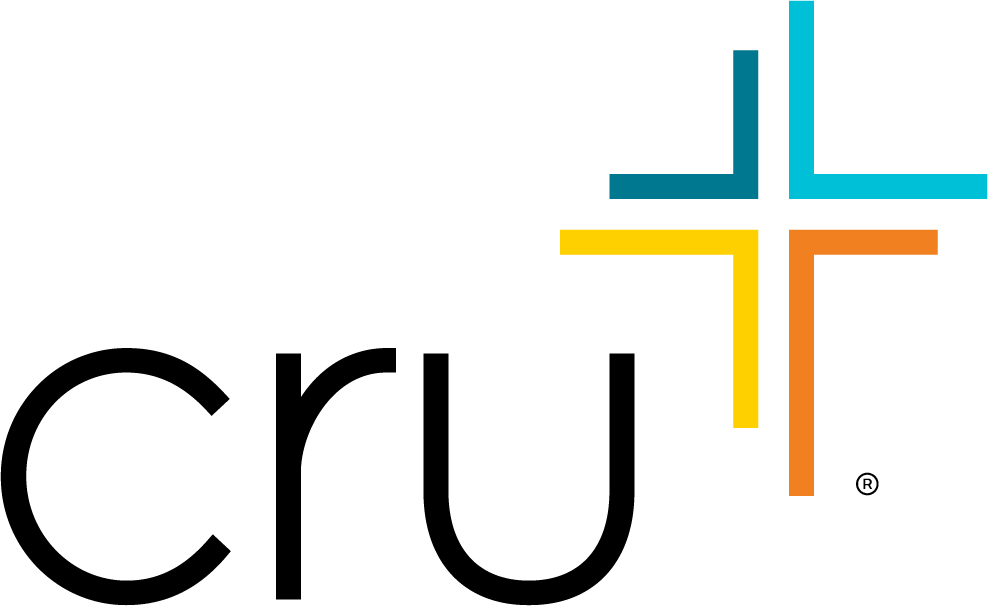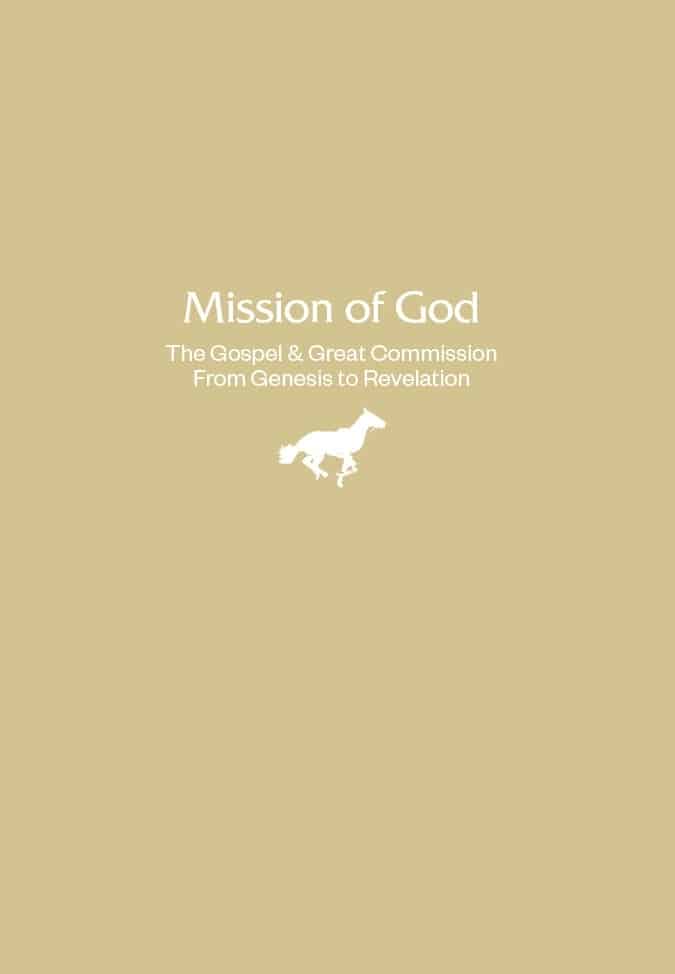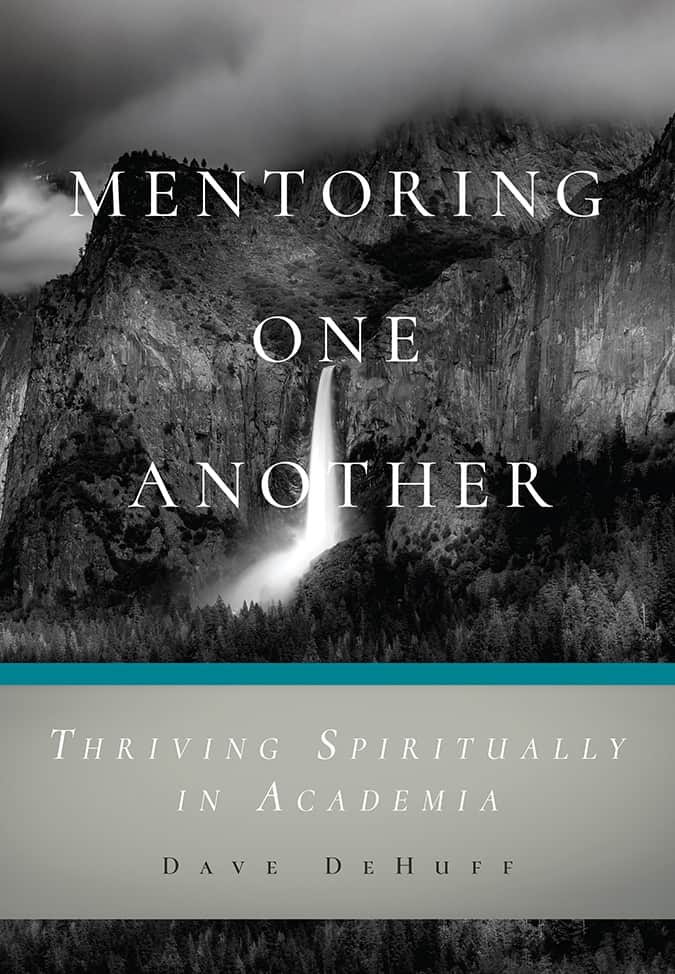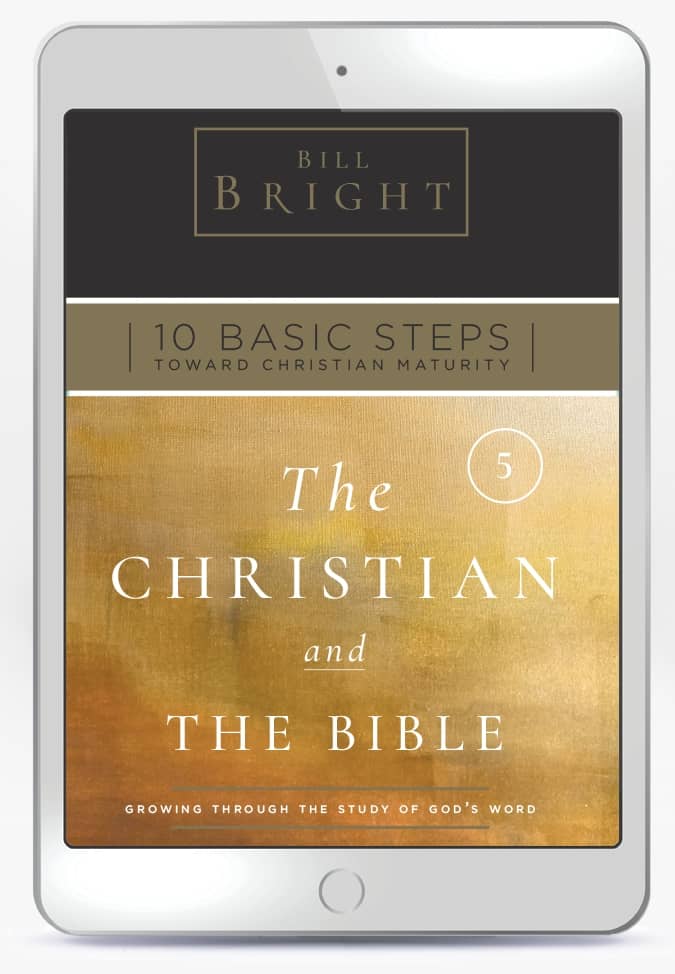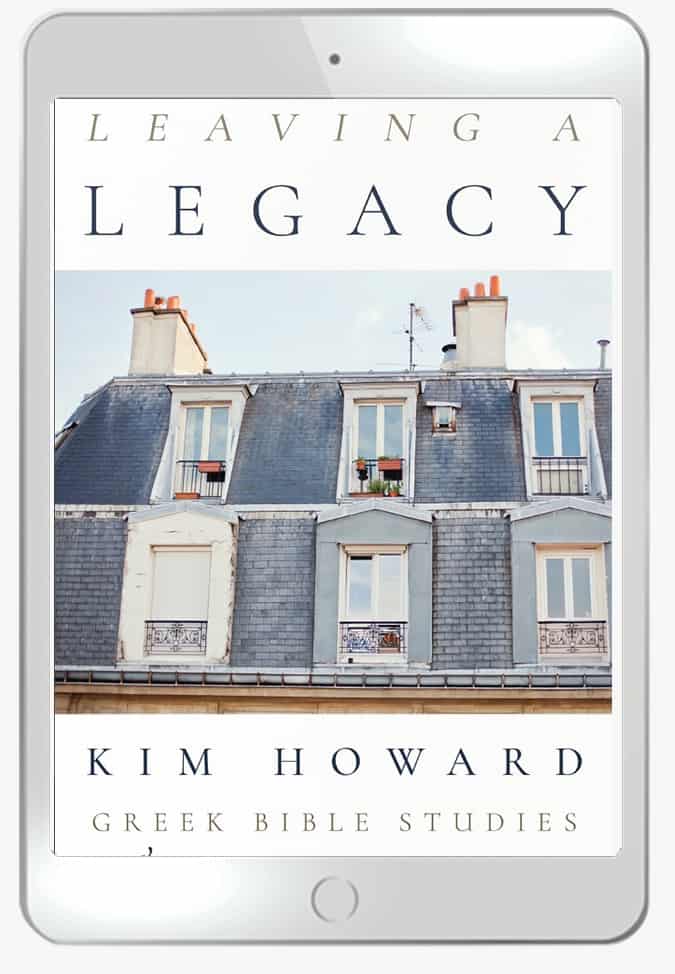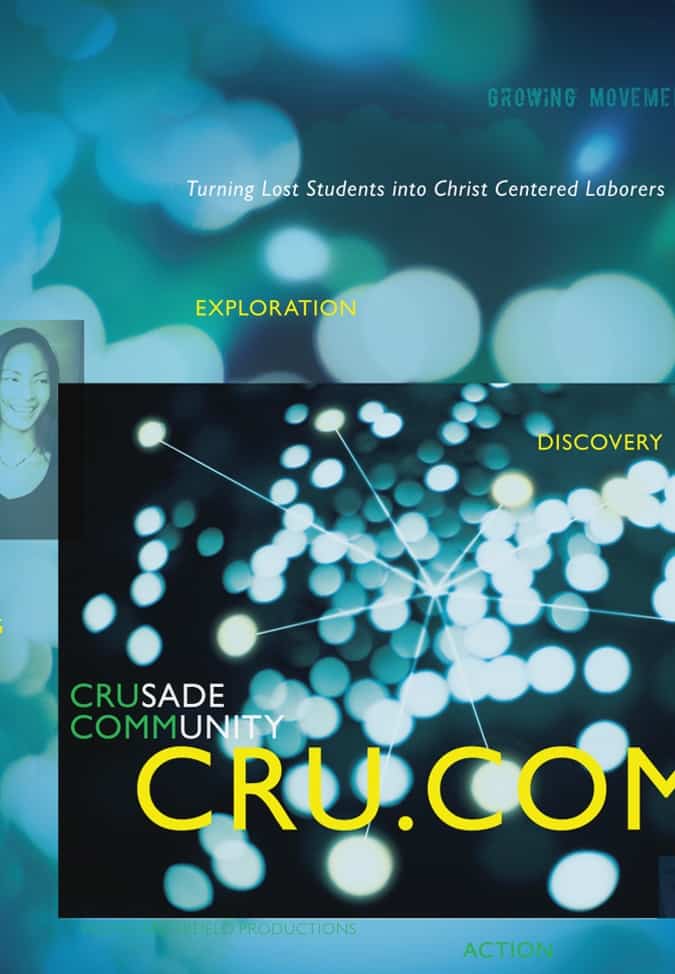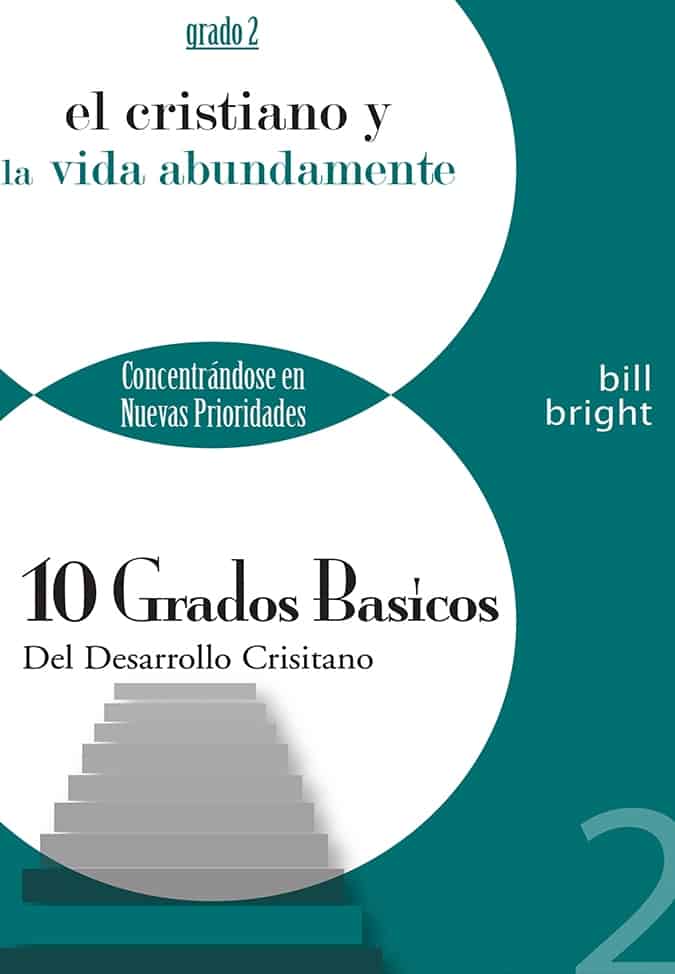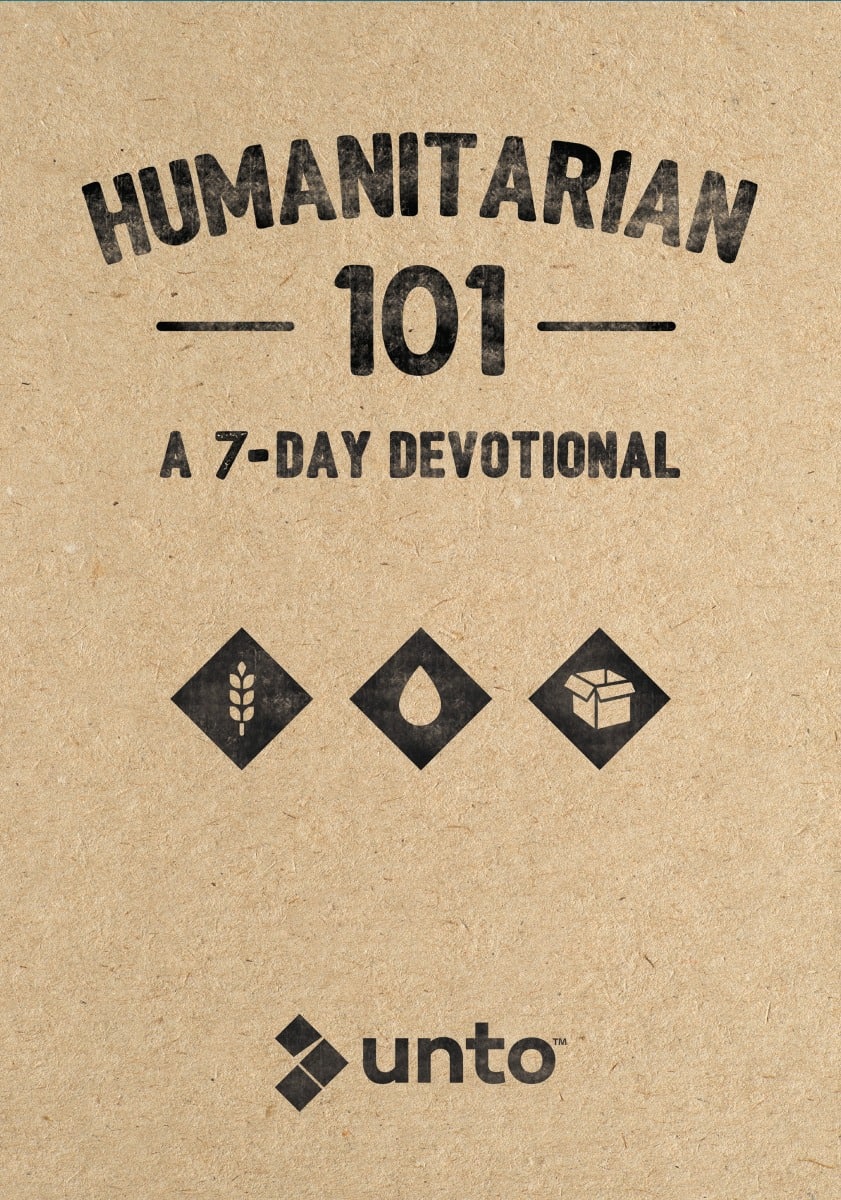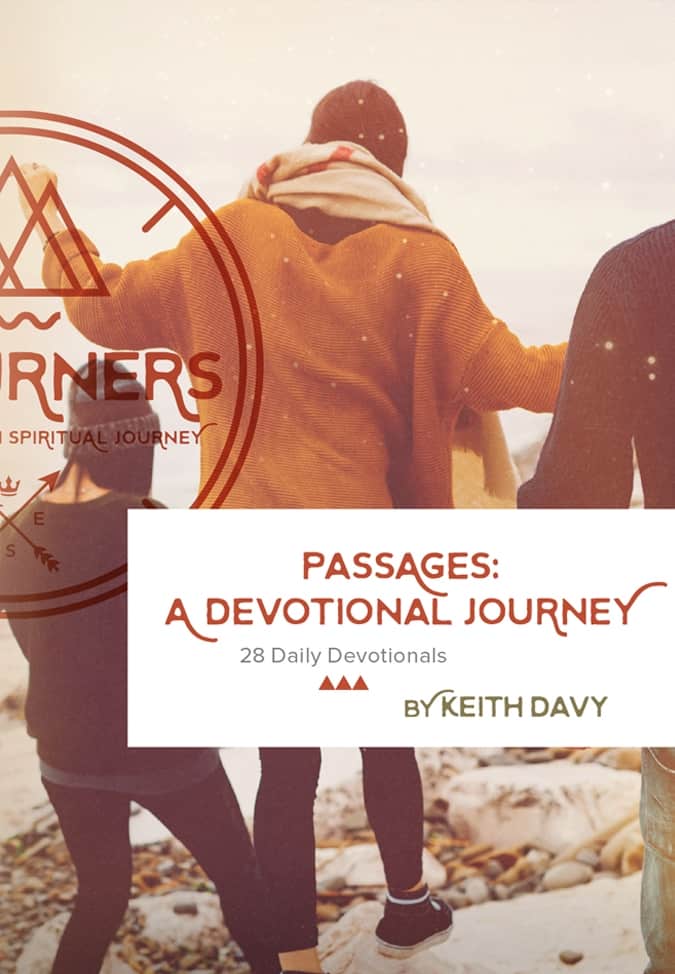A Quick Lesson on How to Study the Bible

If you want to understand the Bible but don’t know where to begin or wonder if it’s even relevant to your life, then this quick lesson is for you. These instructions, broken down into three easy steps, provide a simple process for studying the Scriptures. Print them out and tuck them in the front of your Bible.
Where Do I Start?
Here’s a snapshot of a process that will help deepen your understanding of any passage in the Bible.
- Explore: What did God say?
- Connect: What is God saying?
- Apply: How do I respond to what God is saying?
Step One: Explore
In step one, you explore the big picture and small details of a Bible passage to consider how the original audience would’ve understood its message.
Look for clues in the passage.
- What type of writing is it? A letter? A poem?
- Who is mentioned?
- What words or phrases are repeated?
- What does the passage tell you about God the Father, Jesus or the Holy Spirit?
Use an outside source such as NETBible.org or the study notes in your Bible to fill in any gaps. These are great resources for learning about the original language and historical or cultural background of the passage.
With the information you’ve gathered, summarize the author’s main point in one or two sentences, answering the question, What did God say?
Step Two: Connect
Even though the Bible was written a long time ago and life looks a lot different now, the Bible’s message is still relevant. But you need to bridge the gap between the past and the present.
Take note of everything in the passage that’s different between then and now. Then identify what’s the same.
Ask: What does this passage reveal about spiritual brokenness? How does it point to Christ?
Identify the timeless truths and message of the passage. What is God still saying?
Step Three: Apply
Now make it personal. Ask: How do I respond to what God is saying?
The truths found in the Bible are life-changing if we allow them to be.
The Bible shows us where we’re broken — it exposes the real state of our lives and hearts.
For the word of God is alive and powerful. It is sharper than the sharpest two-edged sword, cutting between soul and spirit, between joint and marrow. It exposes our innermost thoughts and desires. Nothing in all creation is hidden from God. Everything is naked and exposed before his eyes, and he is the one to whom we are accountable. — Heb 4:12-13
But it also points us to the hope and restoration that God provides through Christ.
So then, since we have a great High Priest who has entered heaven, Jesus the Son of God, let us hold firmly to what we believe. This High Priest of ours understands our weaknesses, for he faced all of the same testings we do, yet he did not sin. So let us come boldly to the throne of our gracious God. There we will receive his mercy, and we will find grace to help us when we need it most. — Heb 4:14-16
Look back at the timeless message you discovered in step two. Ask: How does God want me — or my community — to respond to what He’s saying?
Try It Out
These three steps — Explore, Connect, Apply — can help you go deeper in understanding the Bible and knowing how to apply it to the situations in your own life.
Why not try it out the next time you read your Bible?
Philippians — a short letter written by the apostle Paul while he was in prison — is a great place to start.
What’s Your Next Step?
Watch a video overview about an easy way to study the Bible on your own.
Learn about more helpful Bible study methods.






